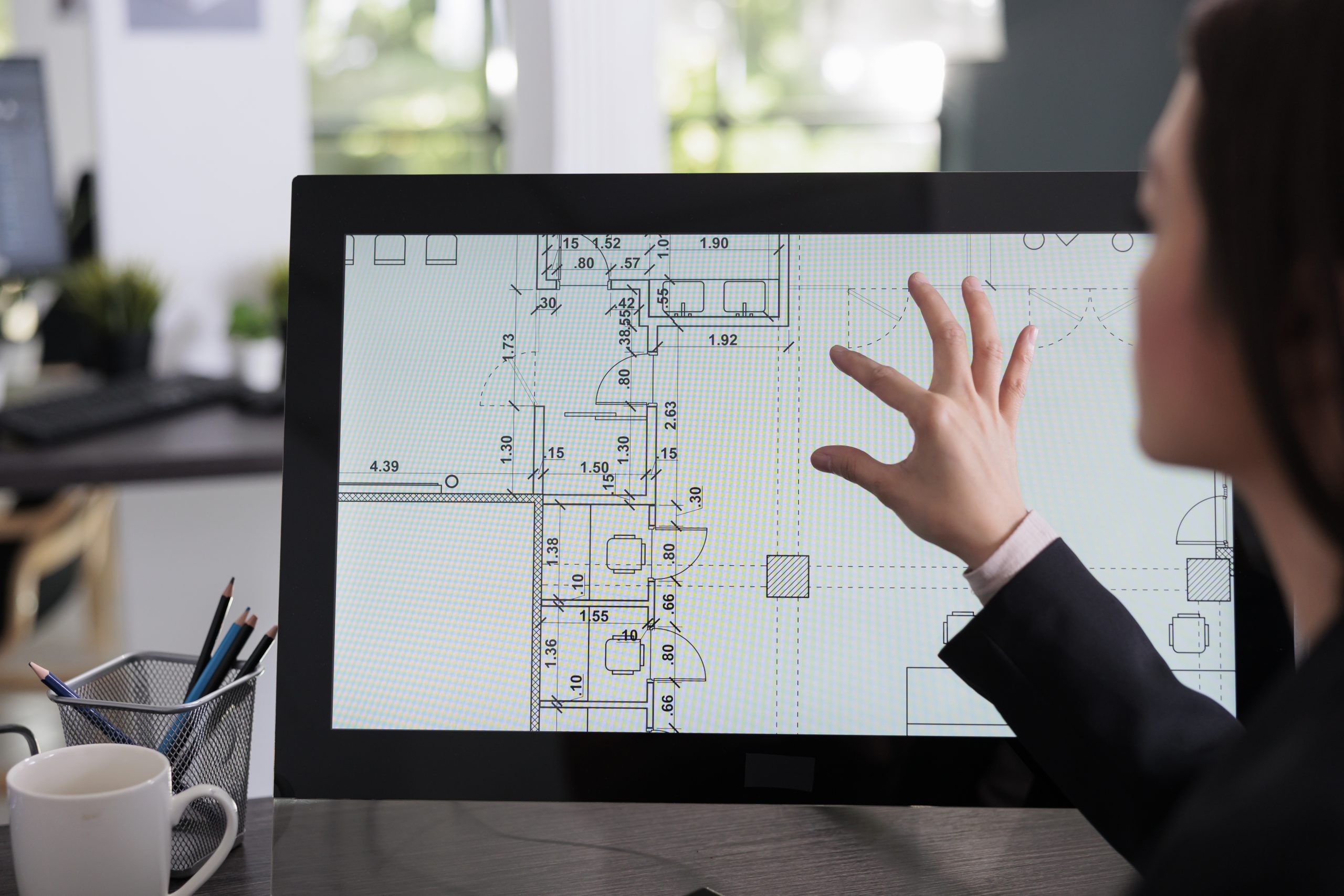Multi-family housing projects demand a comprehensive and strategic approach to Mechanical, Electrical, and Plumbing (MEP) engineering. As the heartbeat of

In today’s competitive construction industry, maximizing return on investment (ROI) is a top priority for developers, property managers, and building owners. While factors like location, materials, and construction techniques often take center stage, the role of Mechanical, Electrical, and Plumbing (MEP) design optimization in enhancing ROI is equally critical but frequently underestimated.
An optimized MEP system goes beyond compliance and functionality—it enhances energy efficiency, reduces operational costs, extends equipment lifespan, and boosts tenant satisfaction. This article explores how strategic MEP design optimization can significantly improve ROI and why partnering with experts like InnoDez ensures you achieve the highest value for your investment.
MEP systems form the backbone of any building’s functionality. They control heating, cooling, ventilation, lighting, water distribution, and electrical power. Poorly designed or inefficient systems not only increase operational costs but also lead to higher maintenance expenses, lower tenant satisfaction, and reduced building value.
Optimizing these systems directly impacts:
One of the most effective ways to improve ROI is by reducing energy consumption. HVAC systems alone account for nearly 40% of a building’s energy use. MEP design optimization incorporates strategies like:
Case Study: InnoDez optimized the MEP design for a commercial office building in Los Angeles, integrating smart HVAC controls and LED lighting. This reduced energy consumption by 25%, saving $150,000 annually in utility costs and significantly increasing ROI.
Oversized or undersized MEP equipment can result in inefficiencies, higher costs, and equipment wear. An optimized design ensures equipment is right-sized for the building’s needs.
By minimizing initial capital costs and long-term operational expenses, right-sizing boosts ROI without compromising performance.
Collaboration between architectural, structural, and MEP teams ensures systems are integrated seamlessly into the building’s design. An integrated approach results in:
Pro Tip: InnoDez utilizes Building Information Modeling (BIM) to facilitate collaboration, detect clashes early, and optimize system layouts, saving both time and money.
Sustainability is no longer optional—it’s a key driver of ROI. Buildings designed for sustainability:
Optimized MEP designs include renewable energy integration, water conservation measures, and indoor air quality improvements.
Case Study: InnoDez helped a multi-family housing project achieve LEED Gold certification by incorporating solar water heating, efficient HVAC systems, and low-flow plumbing fixtures. The certification increased property value by 15%.
Investing in durable, high-quality MEP systems reduces maintenance costs and extends equipment lifespan. Optimization strategies include:
Lower maintenance costs translate to higher net operating income (NOI), directly improving ROI.
Smart technologies, such as IoT-enabled sensors, predictive analytics, and automated controls, make buildings more efficient and adaptive. For instance:
Water efficiency is another critical component of MEP design optimization. Key strategies include:
InnoDez Expertise: We design plumbing systems that balance water conservation with high-performance delivery, ensuring long-term savings.
Incorporating renewable energy solutions like solar panels or geothermal heating and cooling systems reduces reliance on fossil fuels and lowers energy costs. These systems also position buildings as sustainable assets in the real estate market.
LCCA evaluates the total cost of ownership, including installation, operation, maintenance, and disposal costs. By selecting options with the lowest lifecycle cost, building owners achieve higher ROI over time.
While the benefits are clear, optimizing MEP systems presents several challenges:
Solution: Partnering with an experienced firm like InnoDez ensures these challenges are addressed with innovative, cost-effective solutions.
At InnoDez, we understand that ROI is the ultimate goal for our clients. Our comprehensive approach to MEP design ensures:
By optimizing every aspect of MEP systems, we help clients maximize ROI while enhancing building performance and sustainability.
Investing in MEP design optimization is one of the most effective strategies for improving ROI in construction and building operations. From reducing energy costs to enhancing occupant satisfaction, an optimized MEP system delivers measurable benefits that contribute to long-term success.
However, achieving these benefits requires expertise, collaboration, and innovation. That’s where InnoDez comes in. With our extensive experience and cutting-edge approach to MEP design, we empower clients to unlock the full potential of their investments.
Ready to improve your ROI through MEP design optimization? Contact InnoDez today and let us turn your vision into a reality.
About Author
Xhuljo Jakup